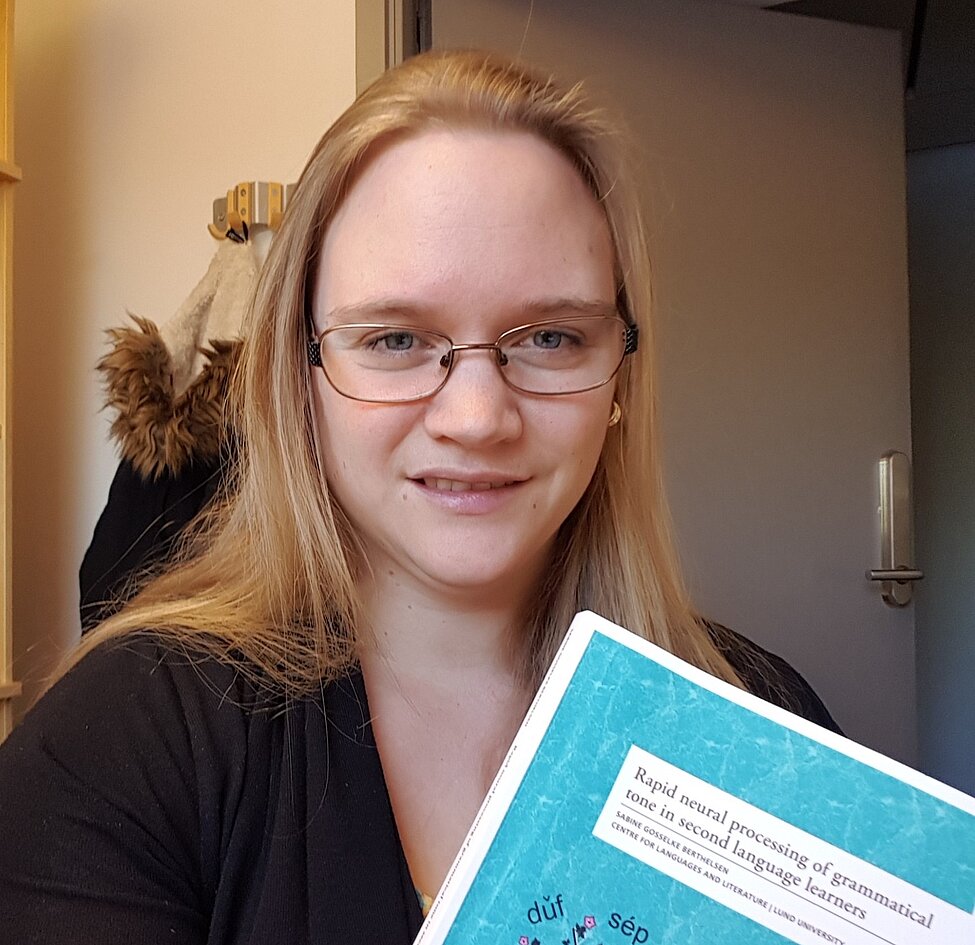Foreigners who listen to Swedish often say that the language has a very song-like character. This is caused, in large, by the fact that Swedish, like Chinese, makes use of tones. In Swedish, tones are bound to grammatical rules. For instance, when a word has a singular ending like -en in bil-en (the car), it is produced with a different tone than when it has a plural ending like -ar in bil-ar (cars). When we look at electrical brain responses to spoken Swedish, we see that native speakers use the tones to predict correct grammatical endings. Swedes are typically unaware of this but it considerably eases speech processing.
Speech phenomena like tone are often very difficult to acquire for second language (L2) learners. However, when learners know a feature from their native language (L1), its acquisition is argued to be easier. With this in mind, based on the importance of tones in relation to grammatical rules in Swedish, Swedes should have an advantage when acquiring a new language with tone. Learners who have no tone in their L1, for instance Germans, should find its acquisition considerably harder. Such potential differences in acquisition speed and ease can typically be observed in electrical brain responses with the help of electrophysiology (EEG).
In her doctoral dissertation, Sabine Gosselke Berthelsen examines the acquisition of L2 tone in natural and experimental settings. Specifically, she investigates how beginner learners initially process foreign tone. The main focus lies on the question whether there are differences in the behavioural and neural response to novel tone between learners who do or do not have tone in their native language (here, Swedes and Germans). The results show clear differences between groups at the neural level: Processing is considerably more automatic, the closer the native and the second language are to each other. However, somewhat unexpectedly, despite dissimilar ways of processing tonal words, behavioural responses do not differ between groups. The results discussed in the dissertation provide new and important insights into the role of the L1 during second language acquisition.
Sabine Gosselke Berthelsen successfully defended her PhD thesis Rapid neural processing of grammatical tone in second language learners last week. The faculty opponent was Antoni Rodríguez-Fornells, Catalan Institution for Research and Advanced Studies, ICREA, Barcelona .
Sabine Gosselke Berthelsen in Lund University Research Portal

